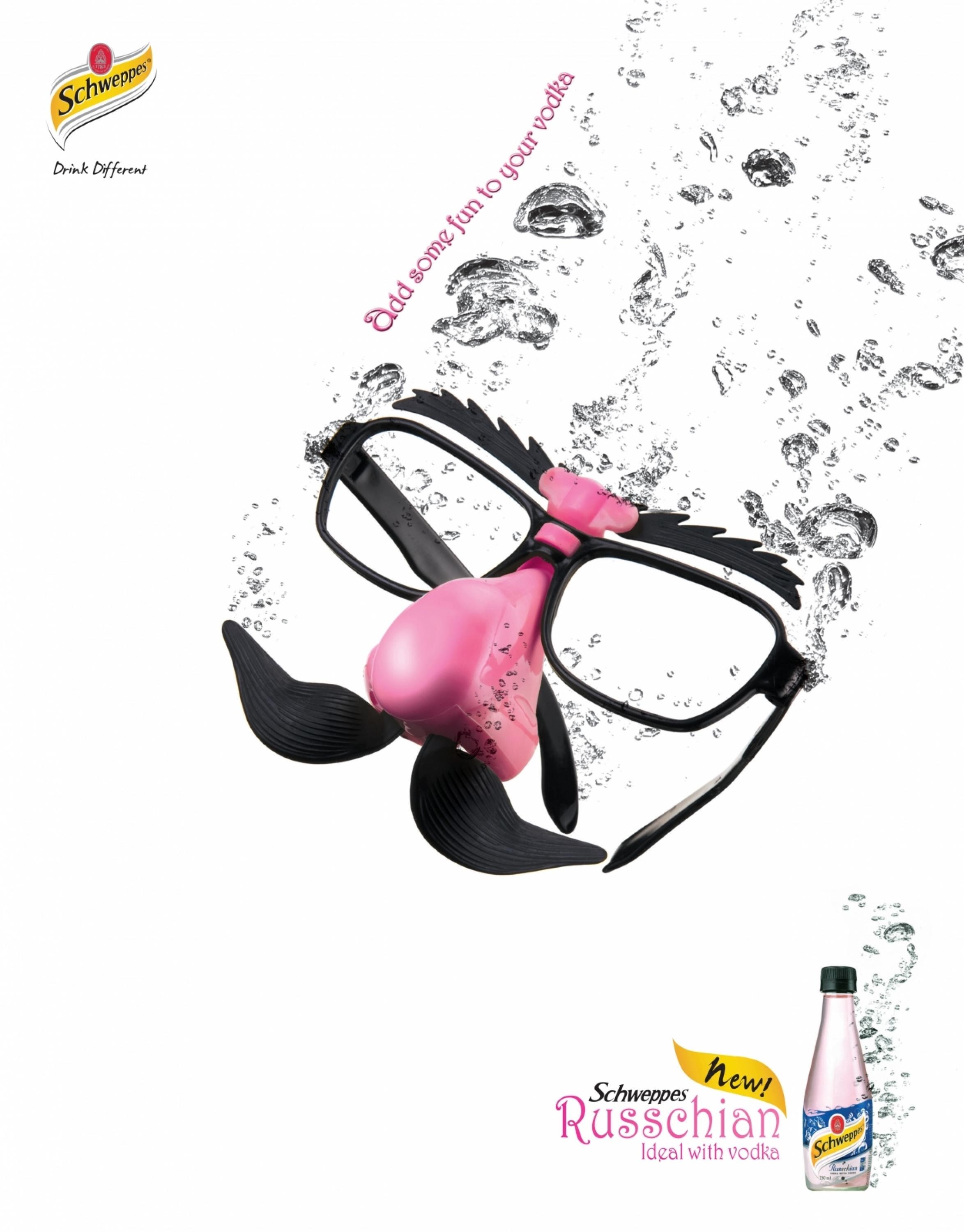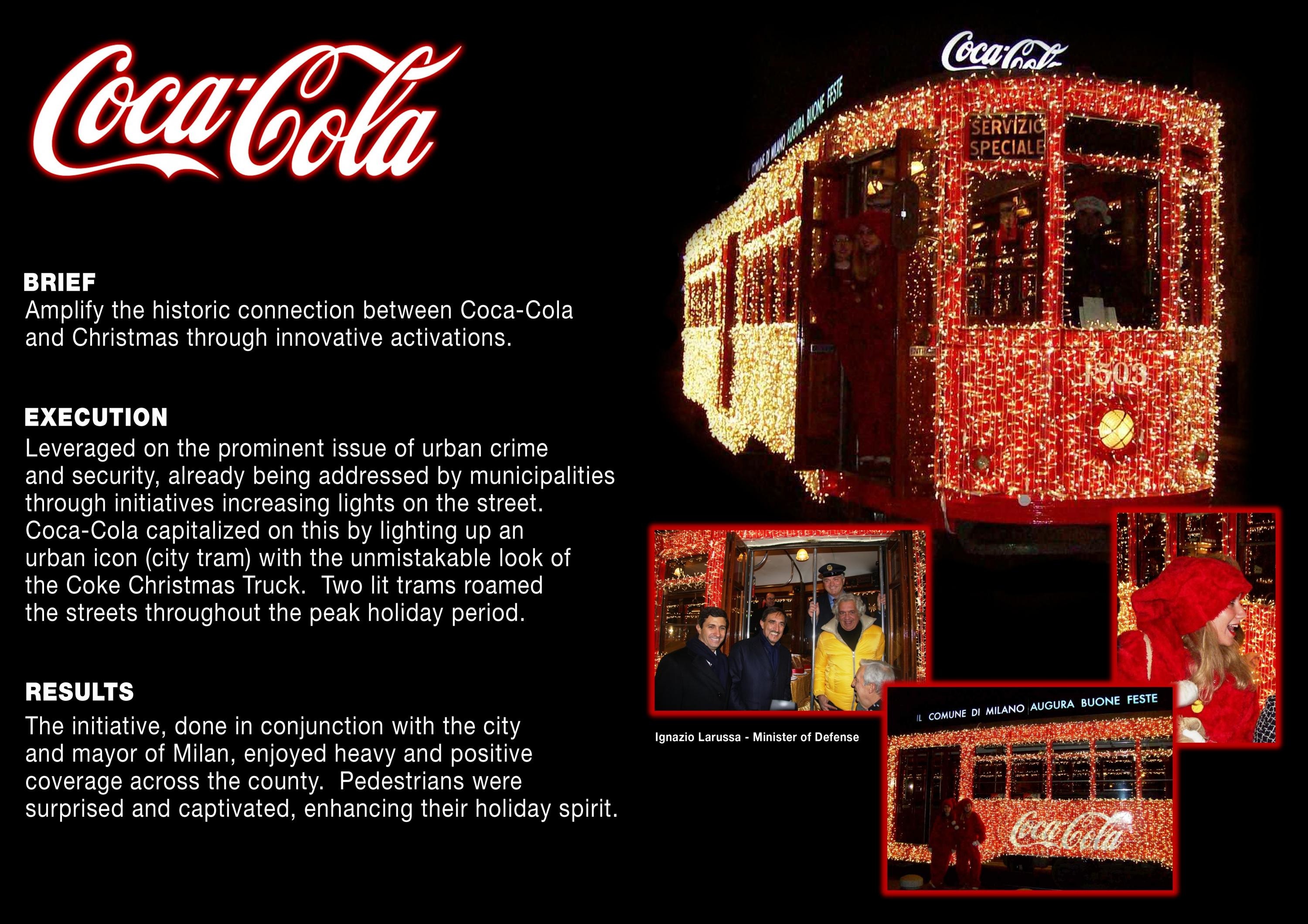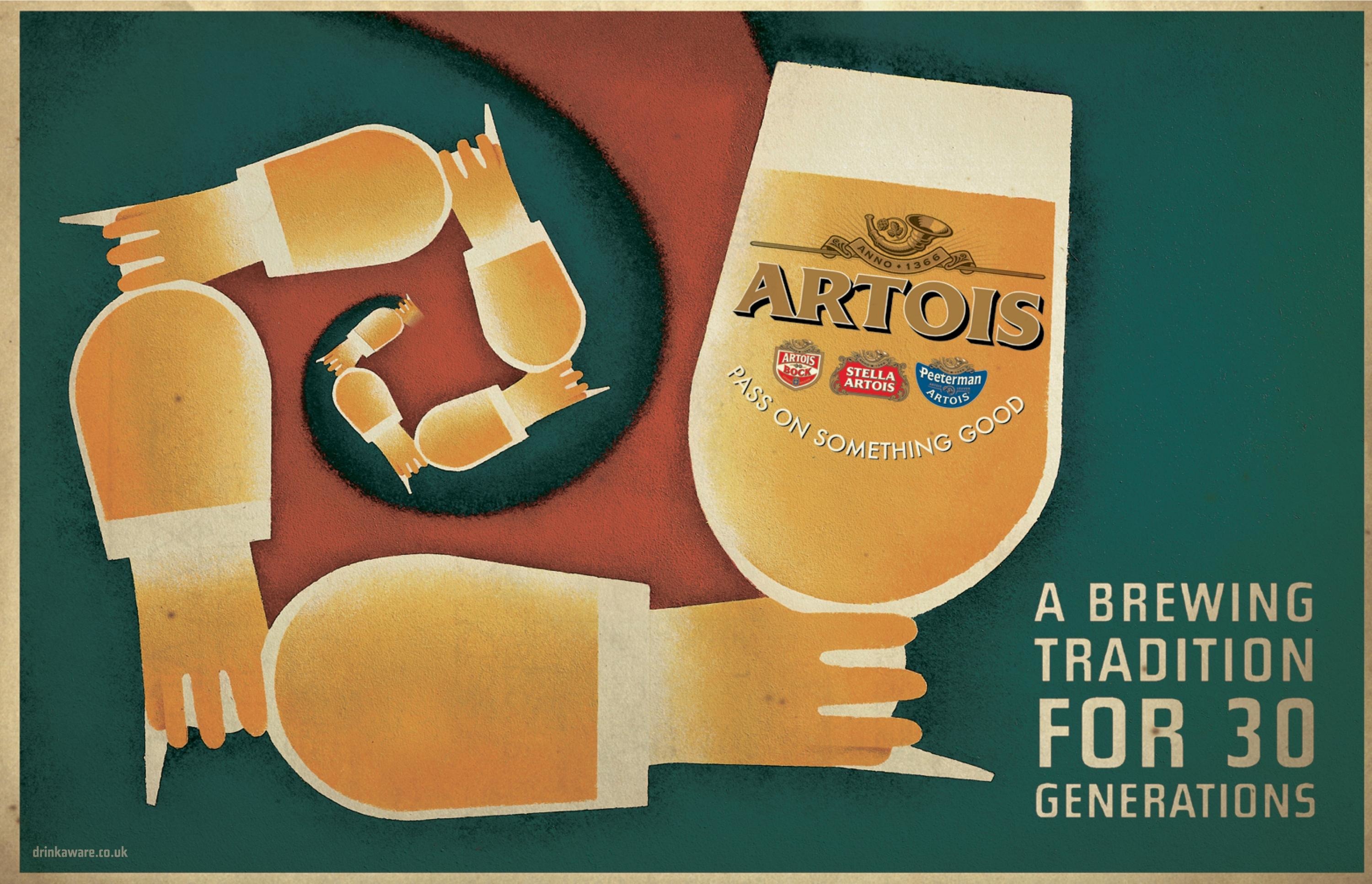Cannes Lions
Coca-Cola: Pulitzer Algorithm
MEDIACOM SWITZERLAND, Zurich / COCA-COLA / 2022

Overview
Entries
Credits
Overview
Background
Our industry focuses on technical delivery metrics like viewability and video completion rate to evaluate media quality and allocate budgets. And although the power of context has been known for decades, contextual signals like the credibility of the environment in which an ad is placed aren’t reflected in media buying algorithms.
Coca-Cola asked a simple question: If two ads have the same viewability and VCR, yet one is featured on influential news brands and the other utility websites, do they truly offer the same value?
That’s why our brief was not only to launch new campaigns for Coca-Cola but also to create a media buying formula that moves beyond standard metrics to value media more accurately!
Our objective was straightforward: develop a product that better understands quality aspect in ad delivery, delivers better ad performance and allocates more media dollars to high-quality news brands — all within Coca-Cola’s given budget!
Idea
Swiss find information in print editions of news brands 3.5 times more credible than information presented on any digital channel!
We conducted research (N=1.462) and learned that the majority (57.2%) of Swiss believe it’s expensive to advertise on high-quality news brand websites (only the most successful brands can afford it). And 50.4% believe advertisers are carefully selected (only credible brands are allowed to advertise).
We hypothesised that high credibility is not unique to print — that ad placements on news brand websites capture more attention and drive better results than identical placements on other sites.
To prove our hypothesis, we built a media buying algorithm infused with an additional layer of quality: attention, measured by eye-tracking and outcomes data. We designed our algorithm to overcome the limitations of existing formulas, which ignore signals like environmental credibility.
Strategy
Our strategy was to complement existing media buying algorithms with eye-tracking to prove that the credibility of news publishers results in more attentive, relevant ads for consumers and increased advertising effectiveness for brands.
To gauge the attention ads received from consumers, we partnered with a tech company that assigns each impression with an attention score based data from eye-tracking studies.
We focused on top-funnel KPIs and agreed on a measurement framework built on brand lift studies. Each campaign was divided into two equal parts (budget, inventory, etc., held constant), but half of the placements were optimised using attention metrics and the other half using viewability and video completion rates.
Ads were tagged with a brand lift pixel, allowing us to understand which optimisation strategy drove the greatest lift in Ad Recall and Ad Impact, outcomes highly correlated with positive commercial impact.
Execution
We developed our solution in four phases:
A) Proof of concept (Dec-Jan 2020): We split our team into two: Team 1, which used new attention metrics built on eye-tracking data, provided meaningfully different campaign optimisation recommendations than Team 2, which used standard metrics.
b) Small scale test (March-May 2021): Aquarius campaign in Switzerland was our first A/B test using brand lift studies to determine whether our new approach of optimising towards attention drives lift in ad recall.
c) Large scale test (Jun-Aug 2021): A Coca-Cola Zero campaign in Switzerland and Austria was our next test. The goal was to prove that our approach consistently delivered better ad recall.
d) AI-driven attention optimisation algorithm (Oct-Dec 2021): AI was used to train a custom attention optimisation algorithm that would make optimisation decisions automatically. The goal was to prove whether the new algorithm favoured news brands when allocating media investments.
Outcome
Compared to optimisations relying on legacy metrics, our solution delivered:
a) 16% higher ad recall
b) 36% higher ad impact (unprompted recall of ad details)
c) 18.7% more impressions allocated to top 100 news brands
d) 6.7x more impressions allocated to the biggest news brand
We learned that ads on premium news brands can deliver double the attention of identical ad placements on other sites, confirming that our new algorithm recognised previously unmeasurable signals, like trust and credibility of an ad’s environment!
For revealing the value of investing in credible, trustworthy news publishers we named our solution Pulitzer Algorithm.
As digital advertising is expected to be worth $600 billion in 2022, we're aware that this small change in how we measure and allocate media investments can make a big difference for news brands. That’s why Coca-Cola has made Pulitzer algorithm available to all advertisers to use in their campaigns!
Similar Campaigns
12 items





